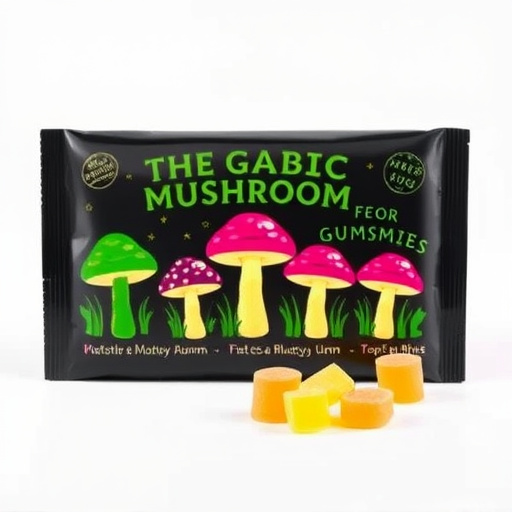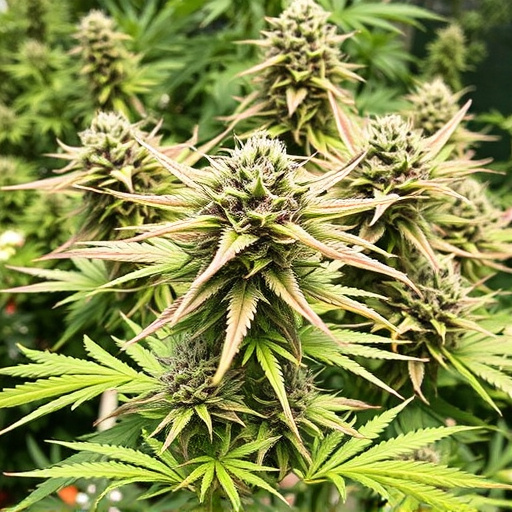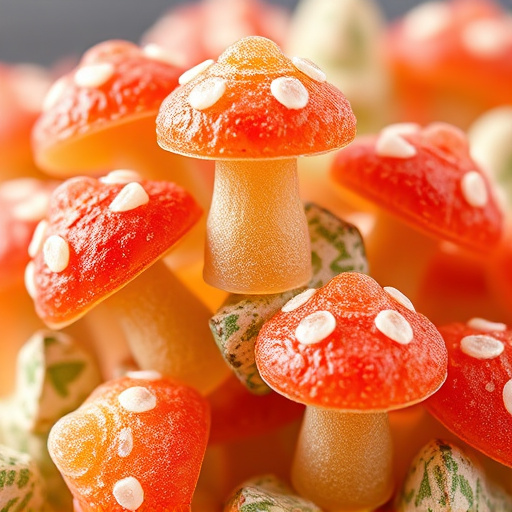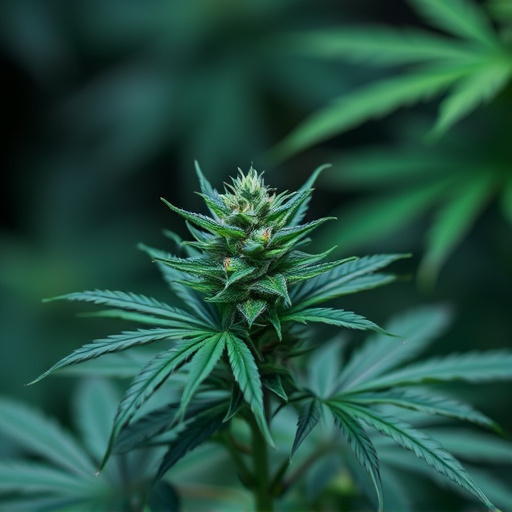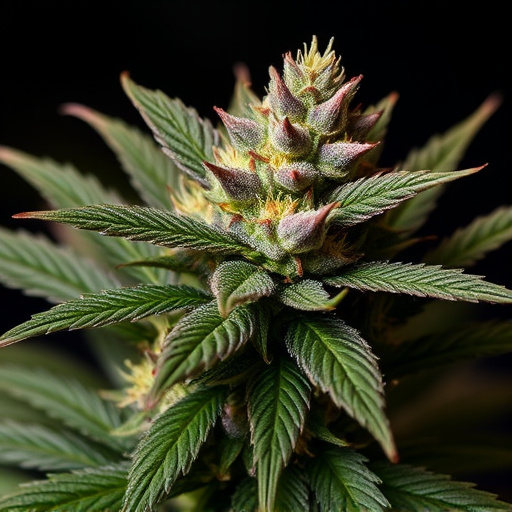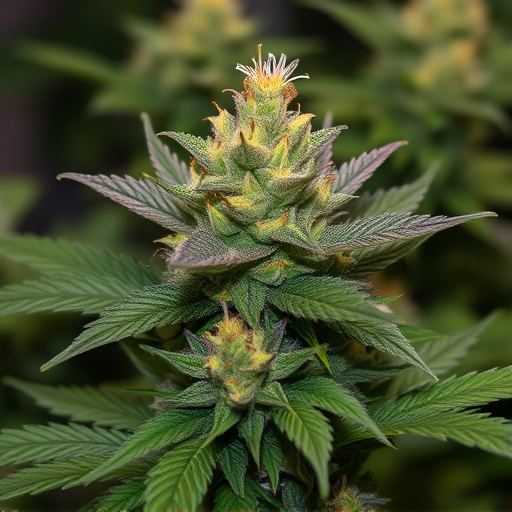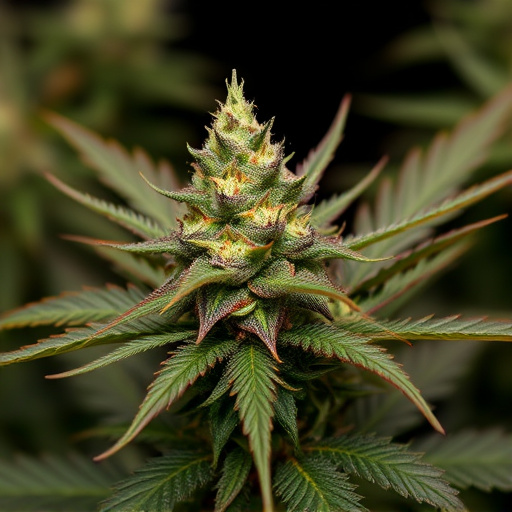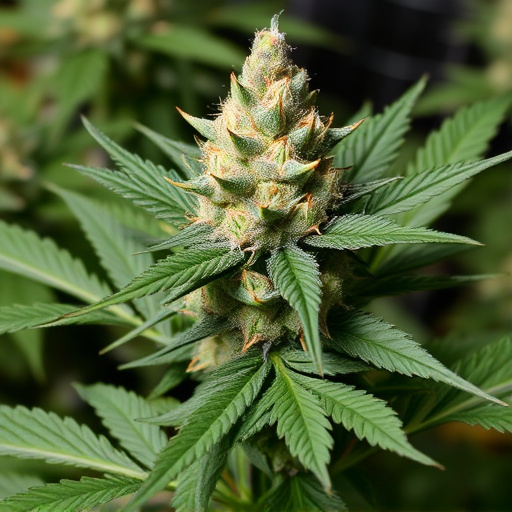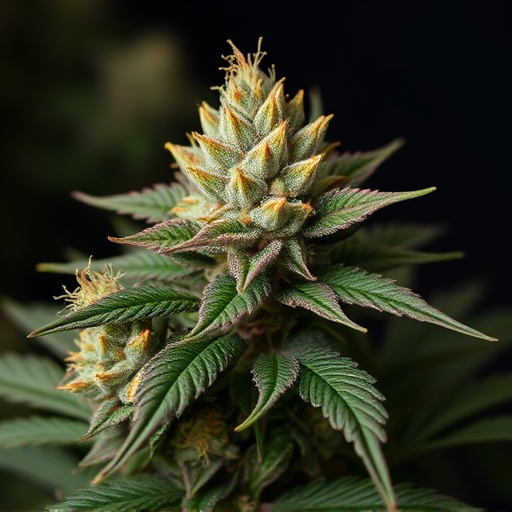The unique aroma of cannabis flowers is primarily driven by terpenes and cannabinoids, such as myrcene, limonene, pinene, THC, and CBD, which create diverse scents and therapeutic effects. Indica dominant hybrid strains often have more intense fragrances due to higher concentrations of these aromatic compounds, notably myrcene, known for its earthy and fruity notes.
Cannabis flowers are renowned for their distinct and often powerful aromas, which have captivated users and cultivators alike. But why do they smell so strong? This article delves into the intricate world of cannabis scent, exploring the chemical composition that gives these blooms their unique fragrances. We’ll uncover the role of terpenes and cannabinoids, how different strains like indica dominant hybrids impact aroma, and environmental factors influencing scent strength. By understanding these aspects, growers can enhance or control the intense aromas associated with these remarkable plants.
- The Chemical Composition of Cannabis Flowers
- – Exploring the role of terpenes and cannabinoids in scent production
- – How different compounds interact to create unique aromas
The Chemical Composition of Cannabis Flowers
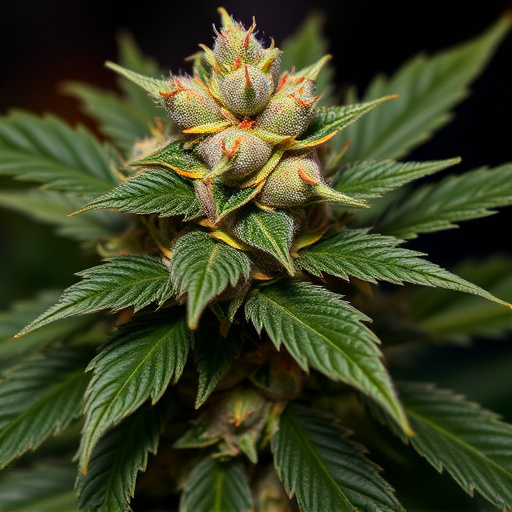
The distinctive aroma associated with cannabis flowers is a result of its unique chemical composition, particularly the presence of volatile compounds known as terpenes and cannabinoids. Cannabis flowers are composed of hundreds of different chemical compounds working in harmony to create their characteristic scent and effects. Indica dominant hybrid strains often have a more intense fragrance due to higher concentrations of these aromatic molecules.
Terpenes, such as myrcene, limonene, and pinene, contribute significantly to the diverse range of smells found in cannabis varieties. These compounds not only give cannabis its distinct odour but also play a role in shaping its therapeutic properties. Cannabinoids like THC (tetrahydrocannabinol) and CBD (cannabidiol) further enhance the floral fragrance, with each strain possessing a unique chemical profile that contributes to its specific aroma.
– Exploring the role of terpenes and cannabinoids in scent production
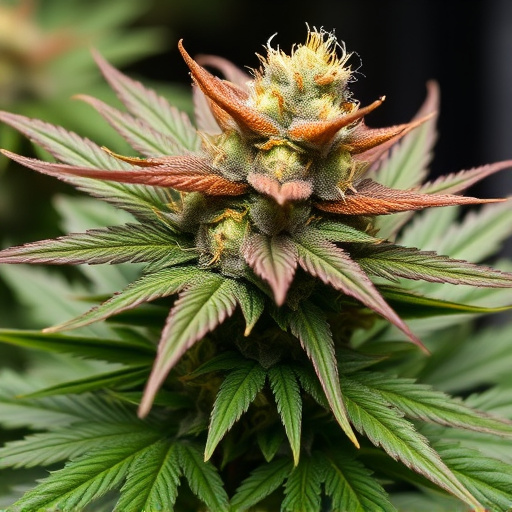
The distinctive aroma of cannabis flower is a result of a complex interplay between terpenes and cannabinoids, two groups of chemical compounds that contribute to both the scent and potential therapeutic effects of the plant. Terpenes, organic volatile oils responsible for the characteristic smells in many plants, play a significant role in cannabis’ fragrance profile. These aromatic molecules are produced by cannabis as a defense mechanism against predators and help attract pollinators. Each terpene offers unique olfactory characteristics, contributing to the diverse scents we experience across different cannabis varieties.
Cannabinoids, such as tetrahydrocannabinol (THC) and cannabidiol (CBD), also play a crucial part in scent production. While THC is known for its psychoactive properties, it can also influence how we perceive the smell of cannabis. Certain indica dominant hybrid strains, for example, may have higher levels of specific terpenes combined with balanced or higher CBD content, resulting in distinctive and often potent aromas that are sought after by enthusiasts. This harmonious blend of terpenes and cannabinoids creates the complex olfactory experience associated with premium cannabis flowers.
– How different compounds interact to create unique aromas
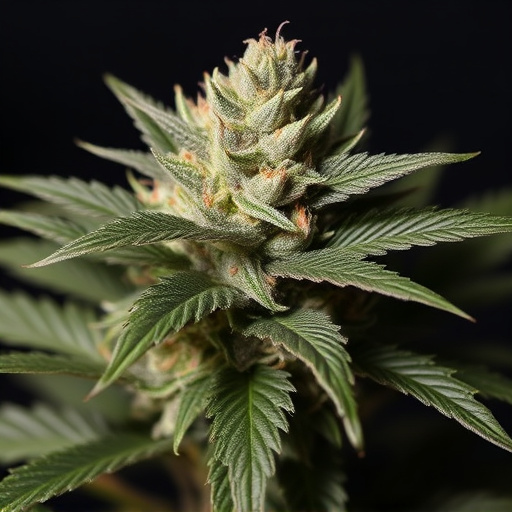
Cannabis flowers produce their distinctive scents through a complex interplay of various compounds, primarily terpenes and cannabinoids. Terpenes, aromatic organic compounds, are responsible for the wide array of odors we associate with different plant species. In cannabis, over 100 types of terpenes have been identified, each contributing to the unique aroma and potential therapeutic effects of specific strains. For instance, myrcene, a common terpene in indica dominant hybrid strains, is known for its earthy and fruity notes, often described as musky or piney.
Cannabinoids, like tetrahydrocannabinol (THC) and cannabidiol (CBD), also play a role in the plant’s fragrance. THC, primarily responsible for cannabis’ psychoactive effects, can influence how we perceive terpenes, enhancing or modifying their aromas. The combination of terpenes and cannabinoids creates the complex scent profiles that differentiate strains, offering users a diverse sensory experience. For example, an indica hybrid with high levels of myrcene combined with limited amounts of more volatile terpenes may produce a deeper, more intense earthy aroma compared to other varieties.
The robust smell of cannabis flowers is a result of the intricate interplay between various chemical compounds, particularly terpenes and cannabinoids. These natural substances contribute to not only the distinct aroma but also the plant’s therapeutic effects. Indica-dominant hybrid strains, for instance, often exhibit more intense scents due to their complex genetic makeup, offering a diverse range of olfactory experiences. Understanding this chemical composition provides insight into why cannabis varieties differ in scent and potency, catering to varied consumer preferences.
